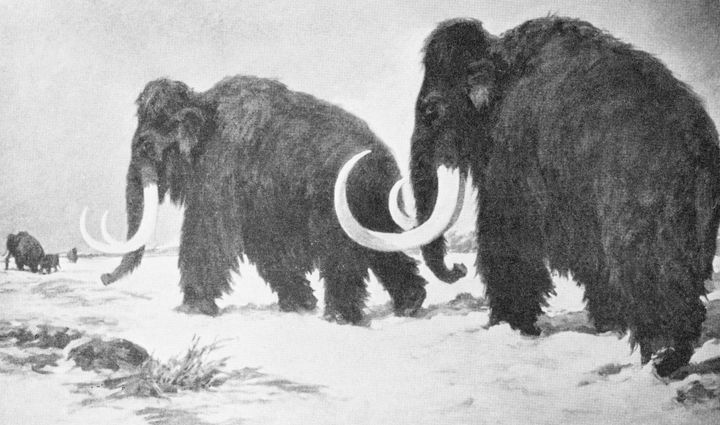Genetic disease may have driven the last of the wooly mammoths to extinction, according to a groundbreaking analysis of the ancient creatures’ DNA.
The research reveals that the isolated mammals suffered a ‘genomic meltdown’ which turned their coats translucent and impaired their sense of smell.
But despite a limited gene pool, inbreeding wasn’t to blame. Rather, it was the result of a phenomenon called nearly neutral genome evolution.

“The population was simply small,” Rebekah Rogers, lead author, told Nature. “Under these circumstances any mammoth was better than no mammoth at all.”
As such, natural selection stopped working, leading to the proliferation of unhelpful mutations.
“Bad mutations that would normally be weeded out weren’t removed from the population because of reduced competition,” Rogers said.
In further comments to the BBC, Rogers said it was the first case of “genomic meltdown” in a single species.
Nearly 12,000 years ago, nearing the end of the last Ice Age, wooly mammoths roamed through Siberia and North America.
But the warming climate and human poachers drove them to near extinction, with small populations surviving on islands until 3,700 years ago.
Scientists compared DNA from one mammoth on Wrangel island in the Arctic Ocean to the DNA of a mainland mammoth that lived 40,000 years before.
“As I looked at the sequence data,” Rogers told Nature, “it became very clear that the Wrangel mammoth had an excess of what looked like bad mutations.”
Some scientists now want to try to resurrect the ancient creatures, but not everyone’s convinced that’s such a good idea.
